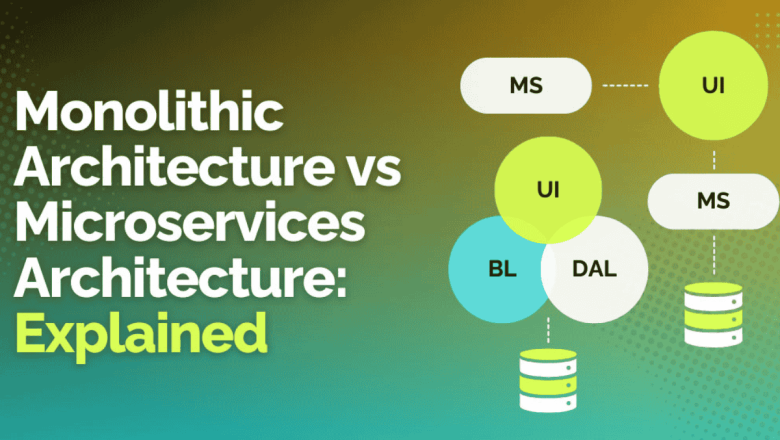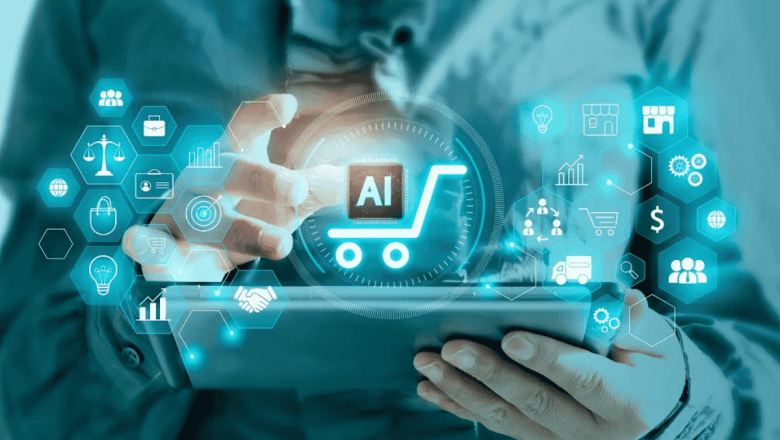
Mixed Reality for Corporate Training
As companies move towards technological innovation, advanced methods of learning have transformed how employees learn and acquire capabilities. There are a myriad of intriguing methods that are used in this area. That can be described as a mixed-reality (MR) that blends Augmented Reality (AR) and Virtual Reality (VR) to create stimulating learning environments.
Through the integration of digital and physical realities, mixed Reality is changing the way we think about the training process for businesses.
What Is Mixed Reality in Training?
Mixed reality lets students interact with real-world scenarios as well as digital simulations at the same time. In the case of training, employees can complete complex tasks, go through scenarios that mimic them, and receive immediate...









